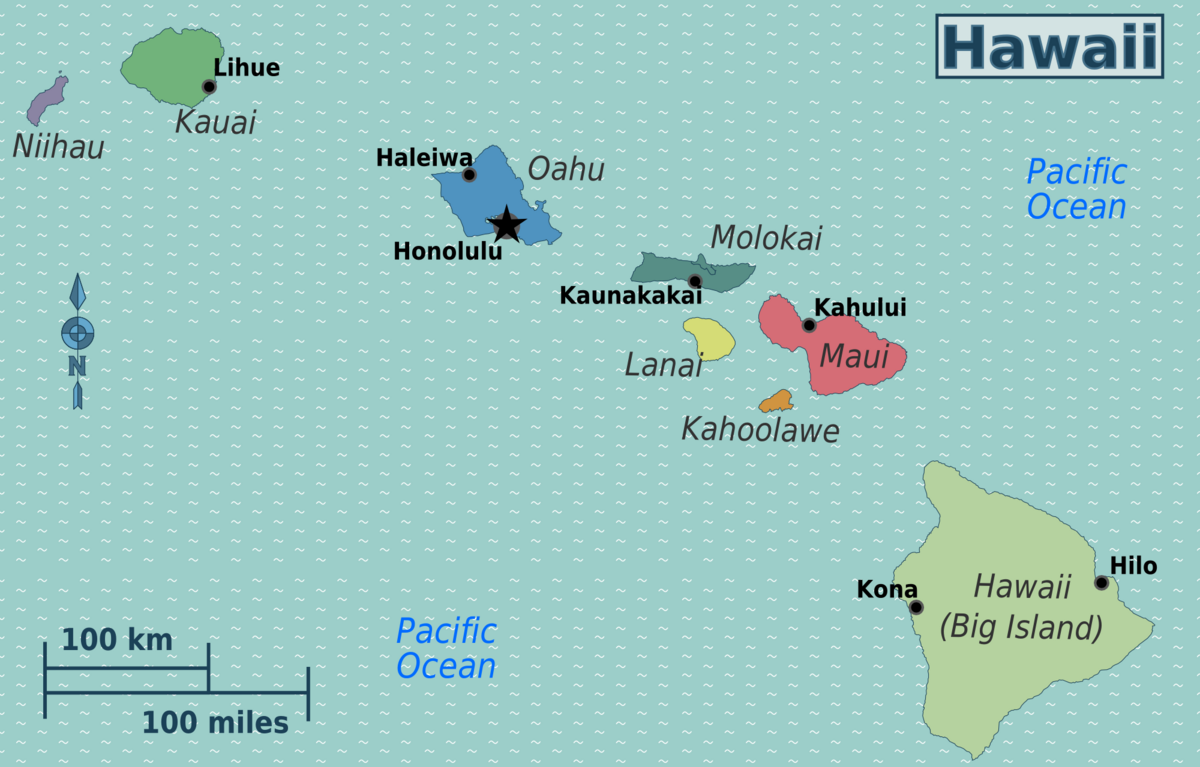
https://upload.wikimedia.org/wikipedia/commons/thumb/3/3c/Hawaii_regions_map.png/1200px-Hawaii_regions_map.png
Where was the first gathering of the Hawaiian Saints?
a.
Utah
b.
Hawaii
c.
Australia
d.
California
Yesterday’s answer:
C Because he paid his men 7 days wages for 6
days work
From the life of Jesse Knight: After several years,
Jesse had an experience that changed his life. A dead rat contaminated the
water in the family well, and his beloved two-year-old daughter Jennie was on
the verge of death. The doctors considered her case to be hopeless. After the
elders of the Church of Jesus Christ of Latter-day Saints administered to her,
Jennie regained consciousness and eventually made a full recovery. From that
time on, Jesse, who had not previously been active in the LDS Church, was
converted to his religion. He spent the remainder of his life finding ways to
give service to others.
While grazing his cattle near the Tintic Mining District, he
staked out a small mine that he called the “June Bug.” In 1890 he sold it for
fourteen thousand dollars, but he had been so generous with his money that he
was nearly bankrupt. He returned to Godiva Mountain and spotted some promising
limestone outcrops. After considerable difficulty he obtained financing for a
claim that he named the “Humbug.” That mining claim changed his fortune, for in
1896 he unearthed one of the richest lead-silver deposits ever found in the
west.
Jesse Knight was always fair and considerate of the men who worked
for him. He had witnessed the immoral conditions in other mining towns and
reasoned that Latter-day Saint miners would need a town of their own where they
could work and still live their religion. Accordingly, he built Knightsville in
the hills above Eureka. It was the only mining town in the west without a
saloon. He hired workers on the condition that, if they were found drunk or
neglecting their families, they would be fired. He built a school at his own
expense and hired a teacher. All other mines operated seven days a week, but
Jesse paid his men the same wages for only six days of work and gave them
Sundays off. His employees affectionately called him “Uncle Jesse.”
Knight’s wealth came at a time when The Church of Jesus Christ of
Latter-day Saints was in financial difficulty. On at least two occasions, he
loaned the Church ten thousand dollars. There was a widespread economic
depression in the 1890s, and many Latter-day Saints were financially stressed.
Jesse responded by opening a cooperative store and revitalizing the Provo
Woolen Mill. When unemployment in the Provo area was high, he financed a
road-building project between Provo and Springville just to provide jobs. He
also directed his son Raymond in establishing cattle and sugar industries in
Raymond, Alberta, Canada.
One of his favorite beneficiaries was Brigham Young Academy (now
Brigham Young University). Over the years he gave the academy more than five
hundred acres of land, as well as bonds, cash, and trust funds. His wife,
Amanda Knight, awarded scholarships to deserving young people. A women’s
dormitory at BYU was named in her honor.
Lesson Committee, Museum Memories-Daughters of Utah Pioneers, (Salt
Lake City, Talon Printing, 2010), 2: 142-143.

No comments:
Post a Comment